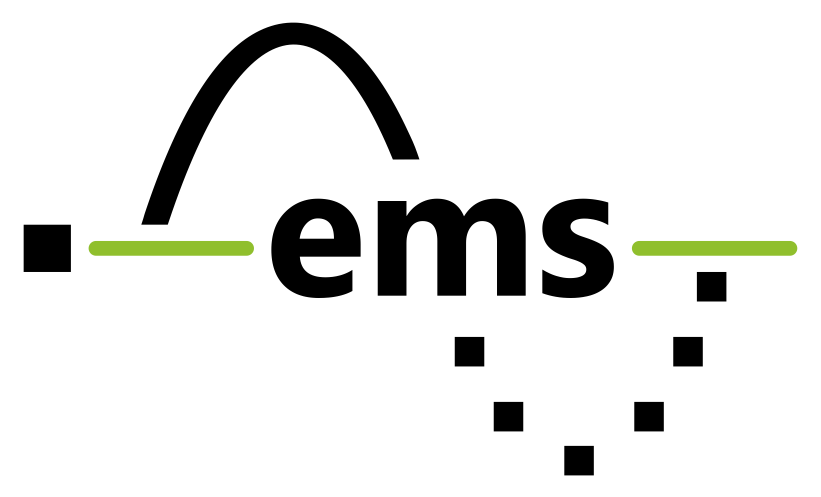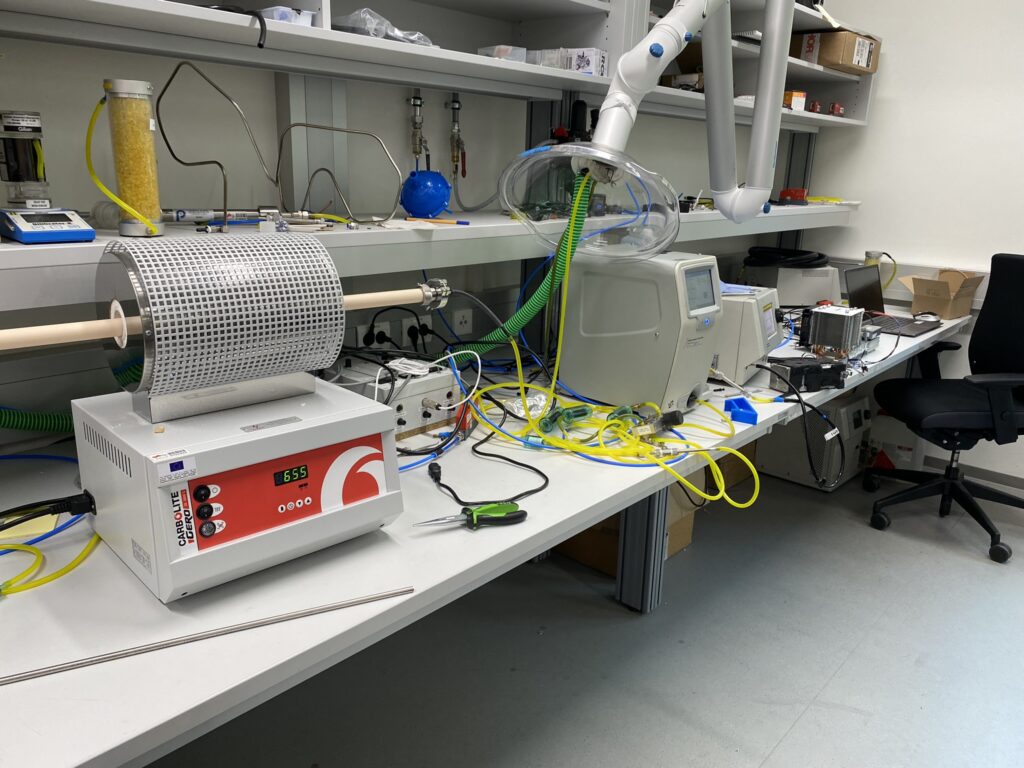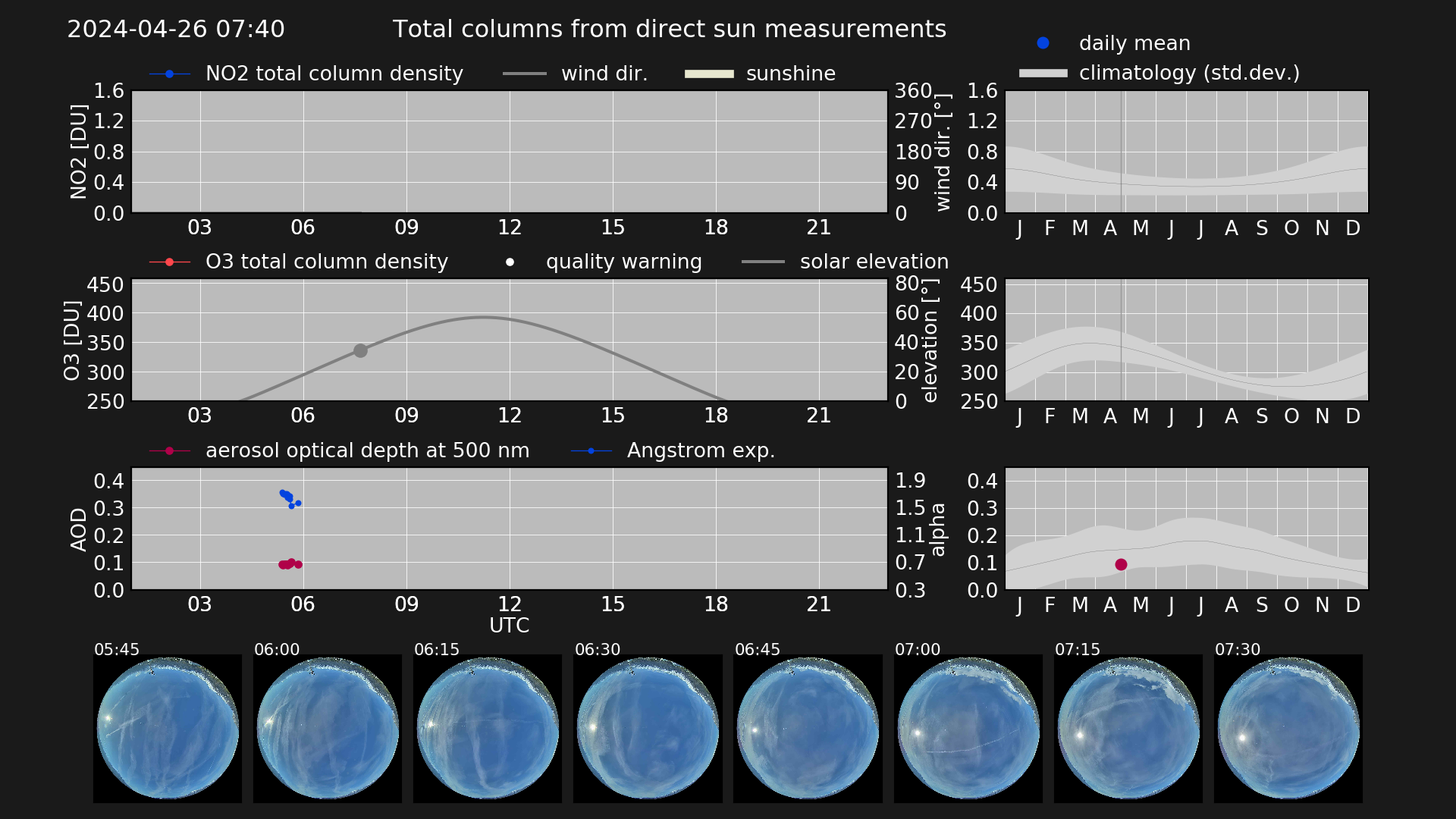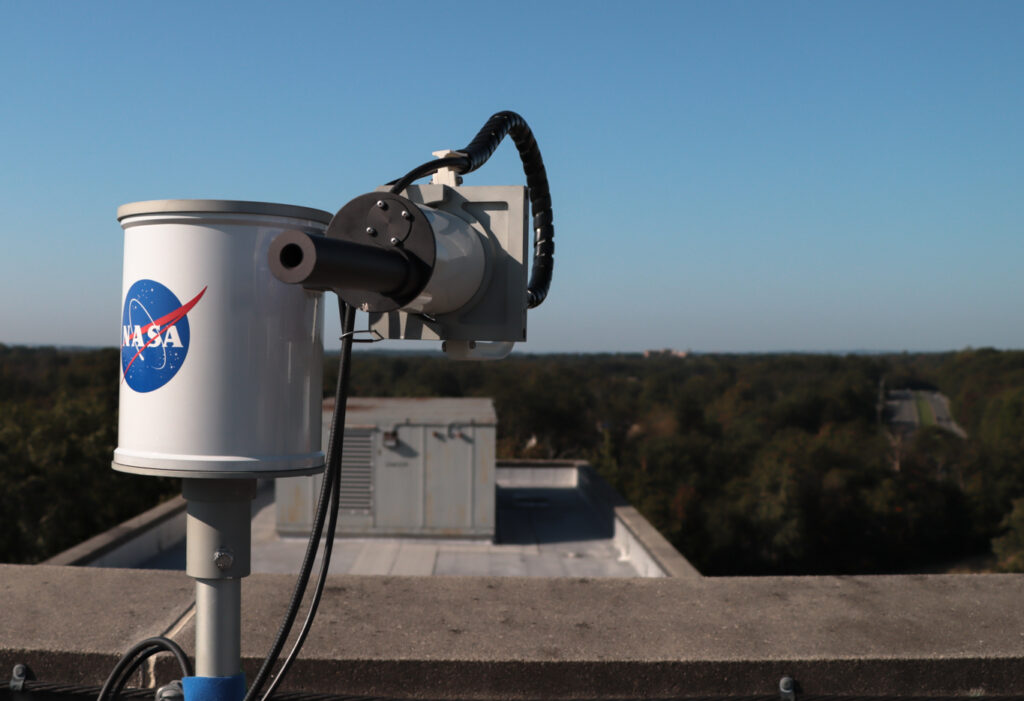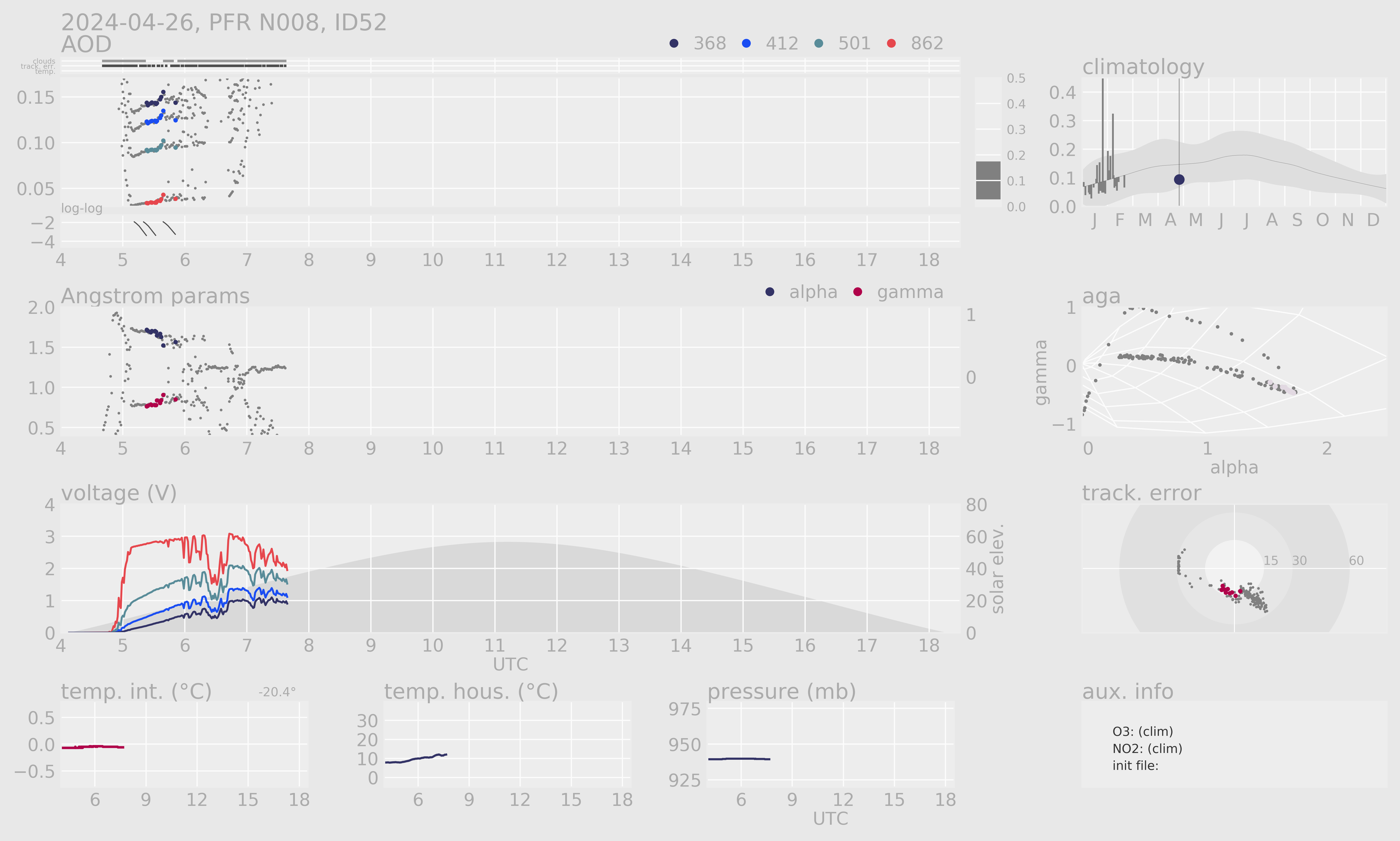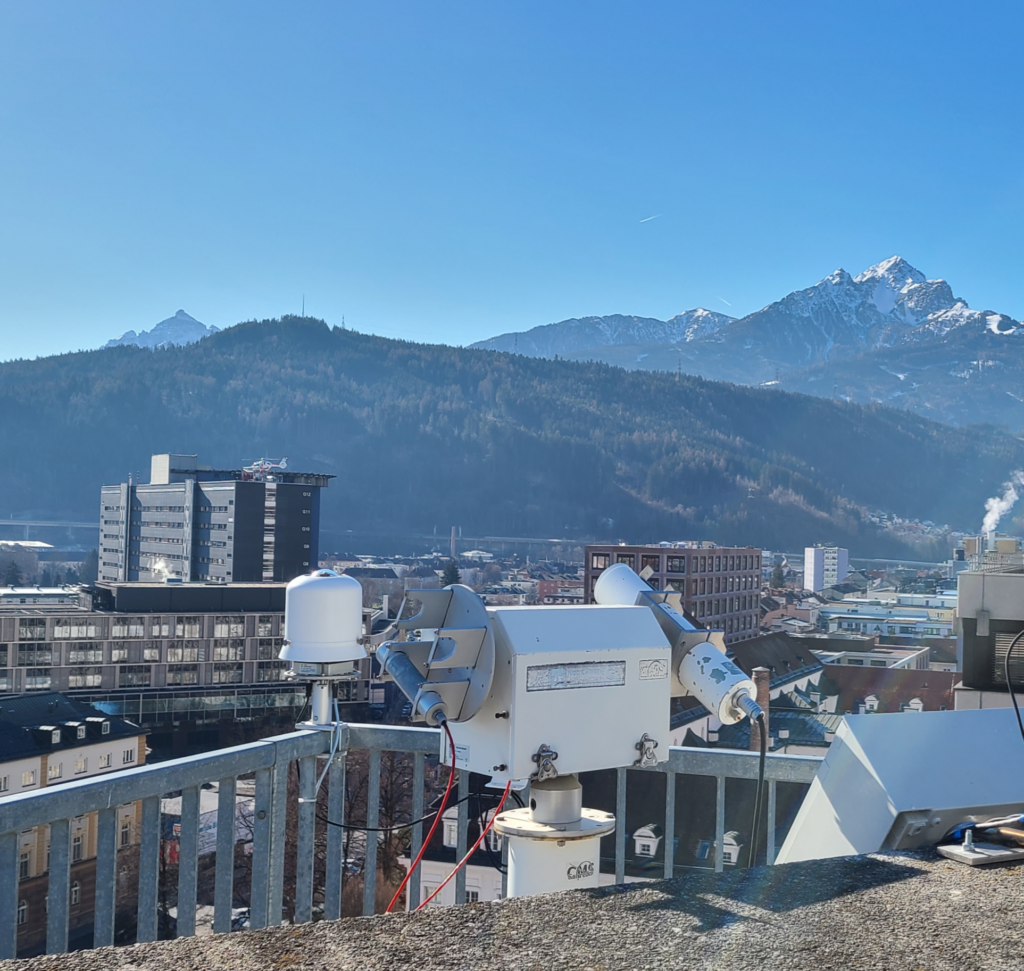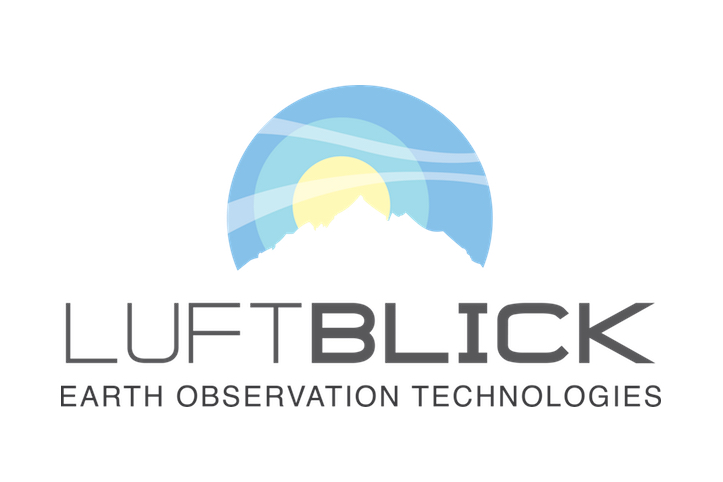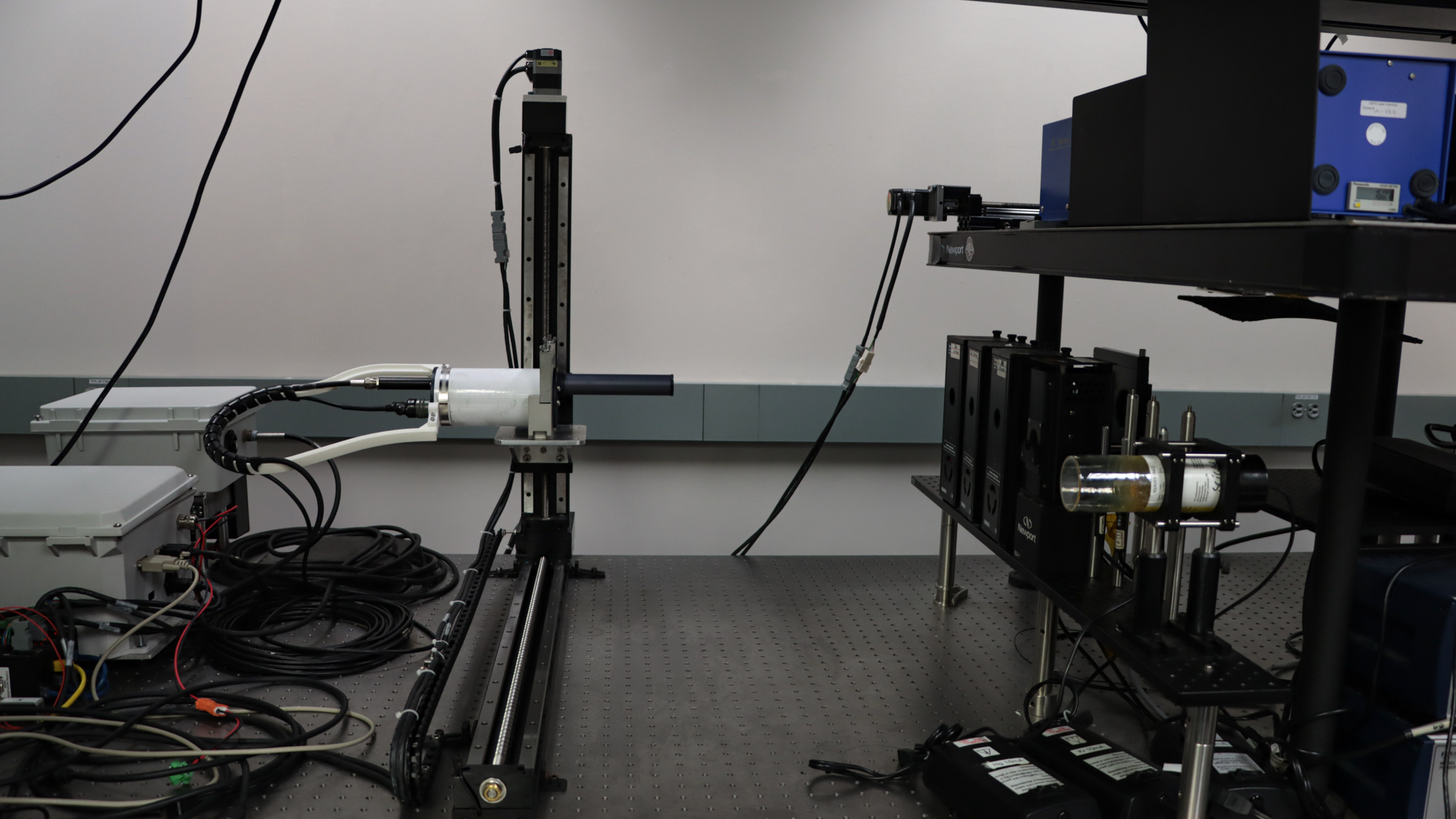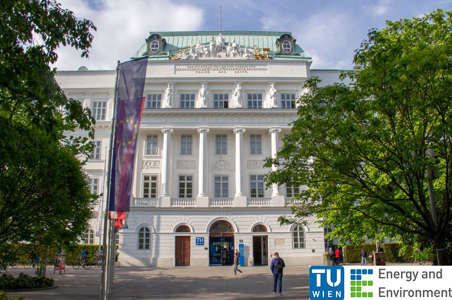The expertise of Institute of Electrical Measurement and Sensor Systems (EMS) at Graz University of Technology provides a great added value to the ACTRIS (Aerosol, Clouds and Trace Gases Research Infrastructure) network. The working groups of Sensor Systems and Sensor Physics and Photonic Sensors of the EMS are dedicated to research and application of advanced sensing technologies for aerosols and gases, and adapted measurement systems for specific environments as, for example, traffic pollution measurement, environmental monitoring, air quality assessment and icing cloud characterization.
Technologies for aerosol sensors and instrumentation cover photoacoustic spectroscopy, condensation particle counters, optical particle detection, light scattering, diffusion charging and electrical particle detection. The sensor research focusses on influencing parameters, to either control or utilize them, for adaptation of the sensor to the contemplated environment.
The aerosol reference laboratory of the EMS is equipped with a Jing miniCAST, a PALAS DNP 300 spark particle generator, a Grimm WOx generator, several atomizers and tube furnaces, a TSI SMPS with a TSI 3775 4 nm CPC, a long- and nanoDMA, and an aerosol electrometer. In addition, several custom-made aerosol instruments and generators are available.
Research also includes the advancement of laser-based methods for optical absorption spectroscopy for the quantification of gases (H2O, CO2, NO2, NO, etc.) in the environment, successfully employing tunable diode laser absorption spectroscopy (TDLAS), photoacoustic spectroscopy (PAS) and photothermal spectroscopy (PTS) for the accurate measurement of trace and high-level concentrations in, for example, remote emission sensing (RES).
The broad portfolio of sensors and measurement instruments allows to investigate novel measurement method and strategies, as point sampling for the measurement of traffic related emissions. This technique was successfully developed and verified for gaseous and particulate emissions of passenger cars within the Horizon-Europe project CARES and has been pursued at the EMS since then.
EMS also works on innovative optical techniques for the characterization of clouds, focusing on the bulk measurement of liquid and ice water content (LWC/IWC) and the discrimination between liquid and ice water in mixed-phase clouds. For the testing of our cloud probes we rely on in-house drop-on-demand generators for the calibration/characterization of these instruments.
The capabilities of the EMS also encompass the complete design of measurement systems, namely the electrical sensor signal detection, signal processing and signal analysis, electronic hardware design and embedded software programming, flow and temperature control, system characterization and calibration.
